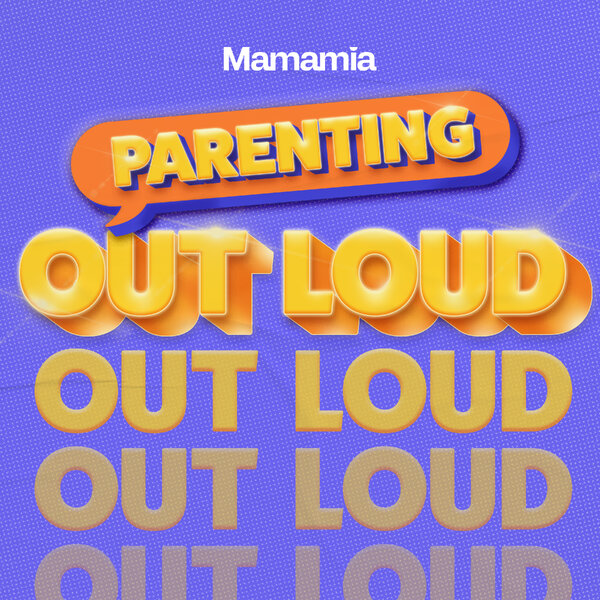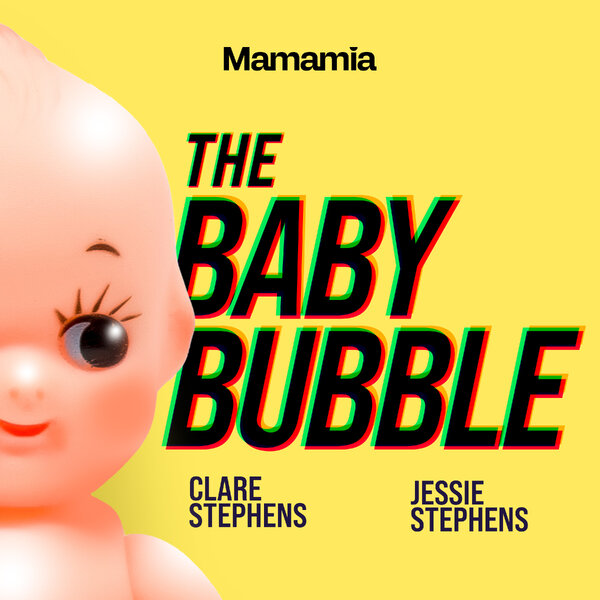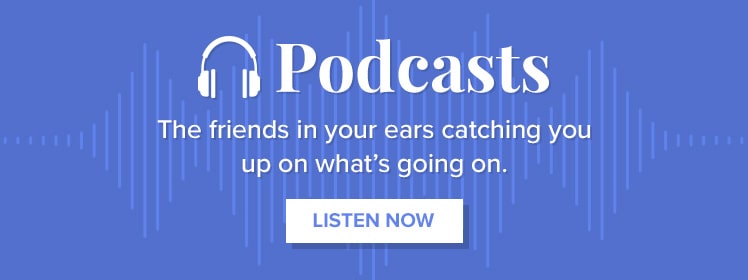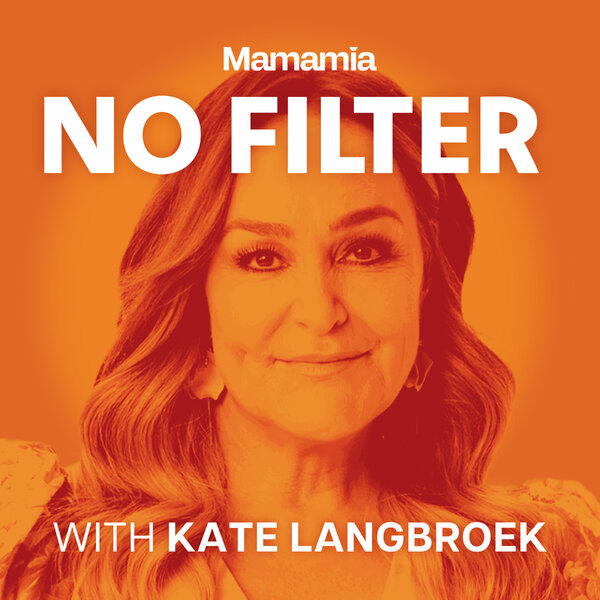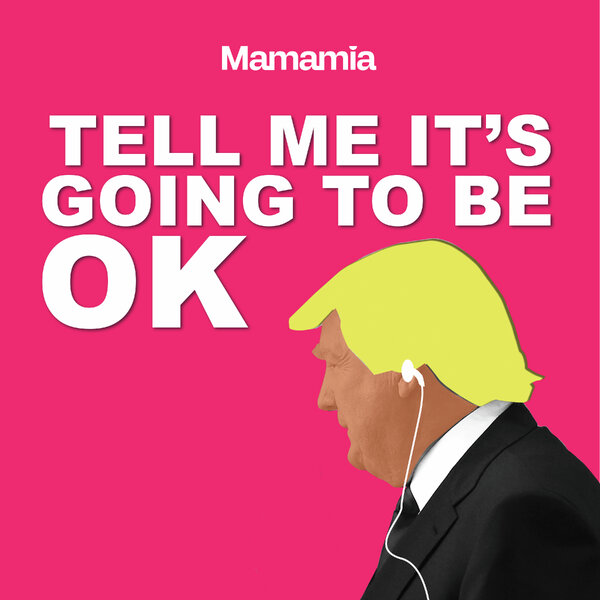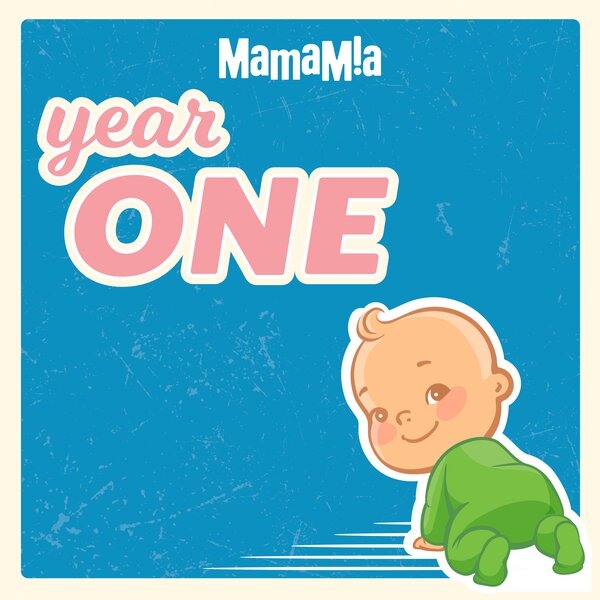By AMY STOCKWELL
Today, in this country, not every child can expect the same standard of education.
Students living in disadvantaged areas are up to three years behind kids of the same age who live in wealthy areas. By their third year of school, almost 90 per cent of children from the poorest Australian homes are below-average readers. Only half of kids with a disability are expected to complete their schooling. One in seven 15 year olds do not have basic reading skills. And every year, 40,000 kids are dropping out of school without going on to work or training.
How is this possible? In a country that over the past decade has benefited from a financial boom and largely avoided the global bust, why are so many kids ending up with so little?
And why does it not boil the blood of every Australian adult that the once clever country is a cruel country for so many kids?
In February 2012, the Review of Funding for Schooling chaired by David Gonski (the Gonski Review) found that Australia is investing far too little in schools and too many students are missing out on the resources they need – and the education they deserve.
The Gonski Review recommended an urgent shift to a funding system that better meets the needs of students. The new funding formula proposed by Gonski is quite straightforward. Schools should be funded on a per student basis, plus extra money to take into account factors like socio-economic background, whether the student lives somewhere remote, is indigenous or living with a disability.
